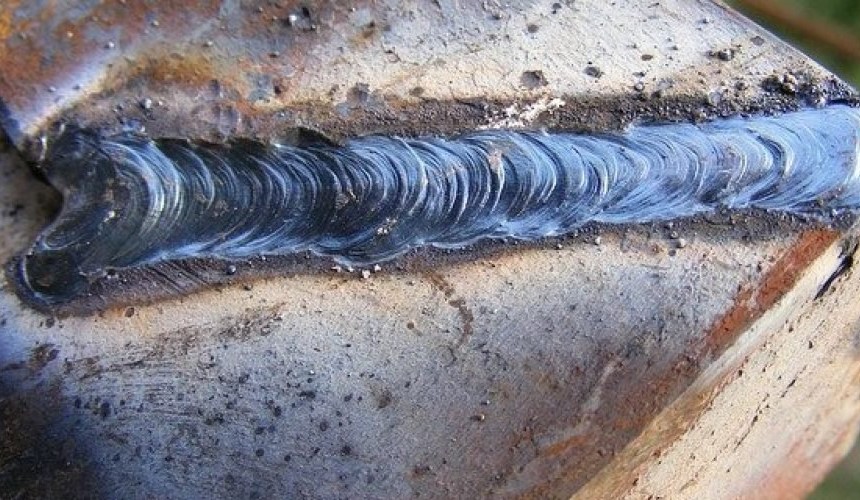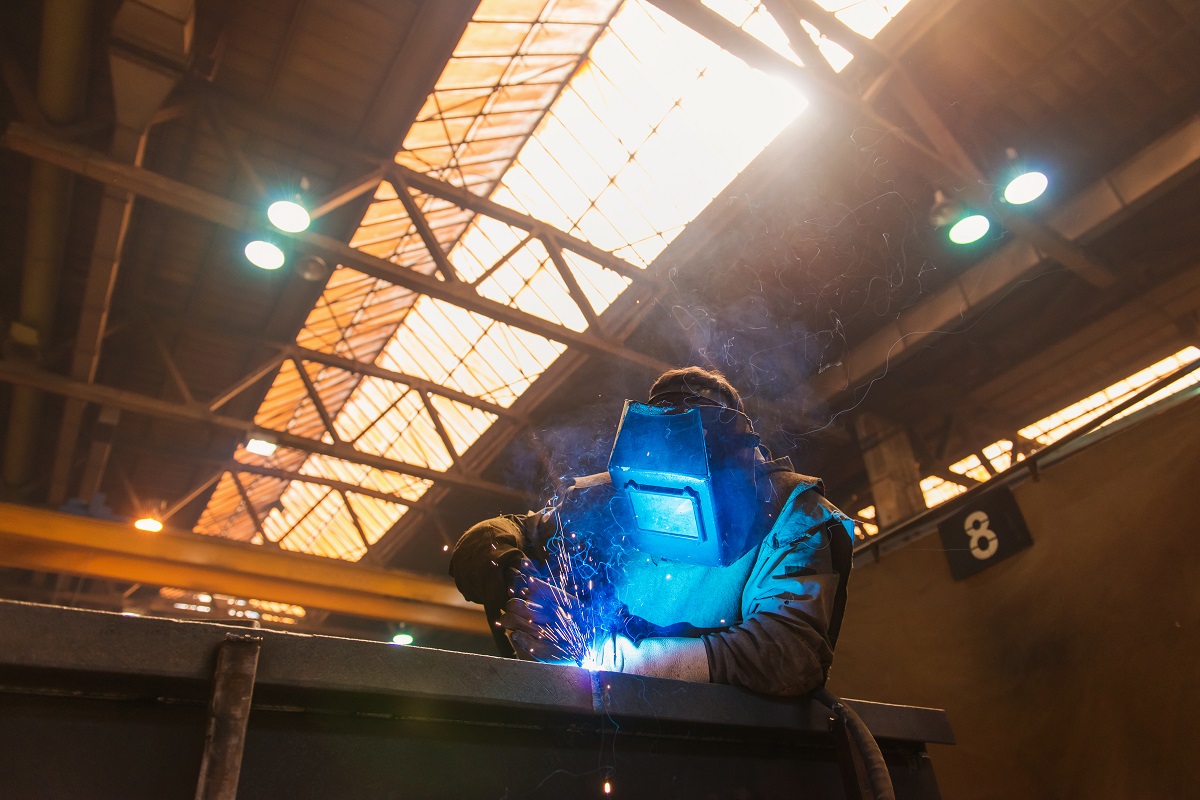Effective Ways to Prevent Weld Undercut in Your Welding Jobs
Effective Ways to Prevent Weld Undercut in Your Welding Jobs
Blog Article
Vital Tips for Welders: Protecting Against Undercut Welding and Ensuring Stronger Weld Joints
In the world of welding, attaining long lasting and strong weld joints is the cornerstone of generating high-grade job. One typical challenge that welders typically experience is undercut welding, which can compromise the integrity of the weld joint.

Understanding Undercut Welding
Undercut welding is a common welding problem that takes place when the weld metal falls short to correctly load the groove and results in a groove-like clinical depression along the weld bead. This issue compromises the weld joint, making it at risk to cracking and failure under stress and anxiety. Undercutting can be created by various aspects, consisting of excessive welding present, high welding rate, improper electrode angle, inaccurate electrode size, and poor welding method.
Among the major reasons for undercut welding is a discrepancy between the welding current and the welding speed. If the welding current is as well high or the welding rate is also fast, the weld metal may not adequately fill up the groove, bring about undercutting. Additionally, utilizing an electrode that is as well huge can cause a similar outcome, as the excess metal can not appropriately flow right into the groove.
To stop undercut welding, welders must guarantee they are making use of the proper welding specifications, keep an appropriate electrode angle, select the proper electrode size, and method proper welding strategies. By dealing with these aspects, welders can reduce the threat of damaging and create stronger, extra trustworthy weld joints.
Correct Welding Technique
Effective welding technique plays an essential role in guaranteeing the high quality and integrity of weld joints. Appropriate welding method includes a combination of ability, adherence, and precision to ideal methods. One essential element of proper welding technique is keeping the right angle and distance between the welding weapon and the work surface. Welders need to likewise pay close attention to the traveling rate and warm input to stop issues like undercutting, porosity, or incomplete blend.
Furthermore, a stable and regular hand motion is essential for developing strong and sturdy weld joints. Welders ought to intend for smooth, consistent activities to guarantee even circulation of the weld material. Correct manipulation of the welding weapon and filler material is additionally essential to achieving optimal infiltration and fusion.
In addition, controlling the warmth input and selecting the proper welding parameters based upon the product being welded are important consider attaining premium welds - Preventing weld undercut. Welders need to follow the suggested setups provided by welding procedure requirements and adjust them as needed based upon the specific requirements of the job. By understanding proper welding techniques, welders can dramatically improve the stamina and integrity of their weld joints
Picking the Right Electrode
Maintaining the appropriate angle and range in between the welding weapon and the workpiece is fundamental when thinking find out this here about the value of picking the right electrode in welding applications. The choice of electrode plays a vital duty in establishing the top quality and toughness of the weld joint. Electrodes can be found in numerous kinds, each developed for particular functions and materials.
Firstly, selecting the appropriate electrode diameter is essential. Thinner electrodes are suitable for welding thin materials, while thicker electrodes are much better for thicker materials and greater heat applications. Matching the electrode diameter to the density of the workpiece helps achieve a balanced weld.
Second of all, comprehending the product make-up of the electrode is essential. Various electrodes are created for welding certain products like steel, stainless steel, aluminum, or cast iron. Using the appropriate electrode material guarantees good blend and decreases the danger of flaws in the weld.
Finally, thinking about the welding position and technique is vital when choosing the electrode kind. Particular electrodes are much better suited for overhead or upright welding positions, while others work well for level or horizontal positions. Picking continue reading this the best electrode based upon the welding method enhances the total weld high quality and integrity.
Preparing the Base Steel
To make certain a successful welding process, what first actions should be taken when preparing the base metal for welding? Furthermore, any kind of existing weld material or residue from previous welding must be gotten rid of to guarantee a tidy surface area for the brand-new weld.

Carrying Out Post-Weld Examinations

After performing these analyses, welders need to compare the results versus sector requirements and job requirements to ensure that the weld joint fulfills all necessary criteria. Any kind of variances or inadequacies uncovered during the post-weld inspection needs to be immediately attended to with suitable rehabilitative actions to ensure the weld's integrity. By faithfully doing post-weld inspections and without delay resolving any type of issues, welders can promote the high quality and integrity of their job, ultimately adding to the safety and long life of the welded structures.
Verdict

Finally, stopping undercut welding and guaranteeing more powerful weld joints require a mix of proper welding method, picking the appropriate electrode, preparing the base metal appropriately, and conducting post-weld assessments. By understanding the sources of undercut welding and implementing the required preventative measures, welders can produce top notch weld joints that satisfy sector standards and make sure the architectural integrity of the bonded parts.
Undercut welding is a common welding flaw that takes place when the weld metal falls short to properly fill up the groove and results in a groove-like anxiety along the weld grain (Preventing weld undercut). Undercutting can be created by different aspects, consisting of extreme welding existing, high welding rate, improper electrode angle, inaccurate electrode size, and bad welding strategy
One of the major reasons for undercut welding is a discrepancy between the welding current and the welding rate. If the welding current is also high or the welding speed is too quick, the weld steel might not adequately fill the groove, leading to undercutting.Keeping the appropriate angle and distance in between the welding gun and the work surface is essential when taking into consideration the importance of choosing the best electrode in welding applications.
Report this page